Knowledge Graphs and GraphRAG: Mimicking Human Reasoning in AI

This topic bridges the gap between artificial intelligence and human cognition: Knowledge Graphs and Graph Retrieval-Augmented Generation (GraphRAG). Ever wondered if knowledge graphs work like the human brain or the other way around? While our brains are far more complex, knowledge graphs provide a fascinating framework for exploring how we store and utilize knowledge.
Understanding GraphRAG: A Powerful Technique for Enhanced AI Reasoning
Graph?
When we say graph, we’re not talking about bar charts or pie charts. We mean something more like this.
This ✅

Not this ❌
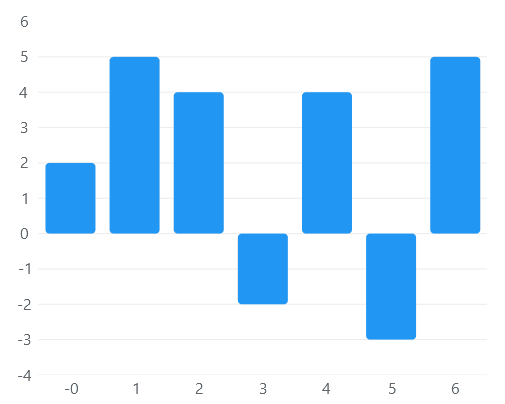
Demystifying Knowledge Graphs
Imagine a database that stores information not as isolated facts, but as interconnected entities and relationships. That's the essence of a knowledge graph. It uses nodes (representing entities like people, places, or things) and relationships (defining the connections between those nodes) to represent the world in a structured and meaningful way. This allows for a deeper understanding of concepts and their relationships.
Key Components of Knowledge Graphs:
- Nodes: Represent entities like people, places, or things.
- Relationships: Define the connections between nodes, indicating type and direction (e.g., "works at," "located in").
- Properties: Provide additional details about nodes and relationships.
Why Knowledge Graphs?
- Declarative Representation: Easier for both humans and machines to understand due to their explicit structure.
- Reasoning Capabilities: Relationships within the graph enable AI models to reason and draw inferences.
- Iterative Development: Start with a basic graph and expand it over time.
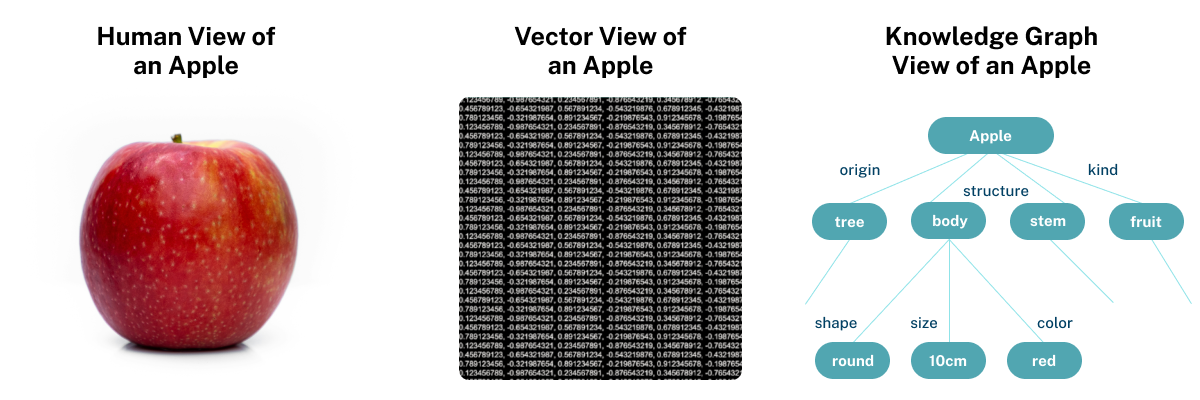
Real-World Example
Imagine you're building a knowledge graph for a company:
- Nodes: Employees, departments, projects.
- Relationships: "works in," "manages," "participates in."
- Properties: Employee role, project deadlines, department budget.
RAG: Boosting LLM Accuracy
Retrieval-Augmented Generation (RAG) enhances the factual accuracy and consistency of language model outputs. It comprises three stages:
- Retrieval: The model retrieves relevant information from a knowledge base (e.g., a knowledge graph) based on the prompt or query.
- Augmentation: The retrieved information is used to refine the model's internal understanding of the world.
- Generation: The model generates a response leveraging its training data and the retrieved information for more accurate results.

Introducing GraphRAG: Taking RAG to the Next Level
GraphRAG builds on the RAG foundation by incorporating knowledge graphs into the process, enabling a two-level search:
- Vectorized Search: Identifies documents based on similar word usage or surface-level features.
- Knowledge Graph Search: Leverages the knowledge graph to find semantically related documents, even if they don't use the same exact words.
Benefits of GraphRAG Over Standard RAG
- Higher Quality Responses: By combining vectorized and graph-based searches, GraphRAG delivers more accurate, complete, and insightful answers.
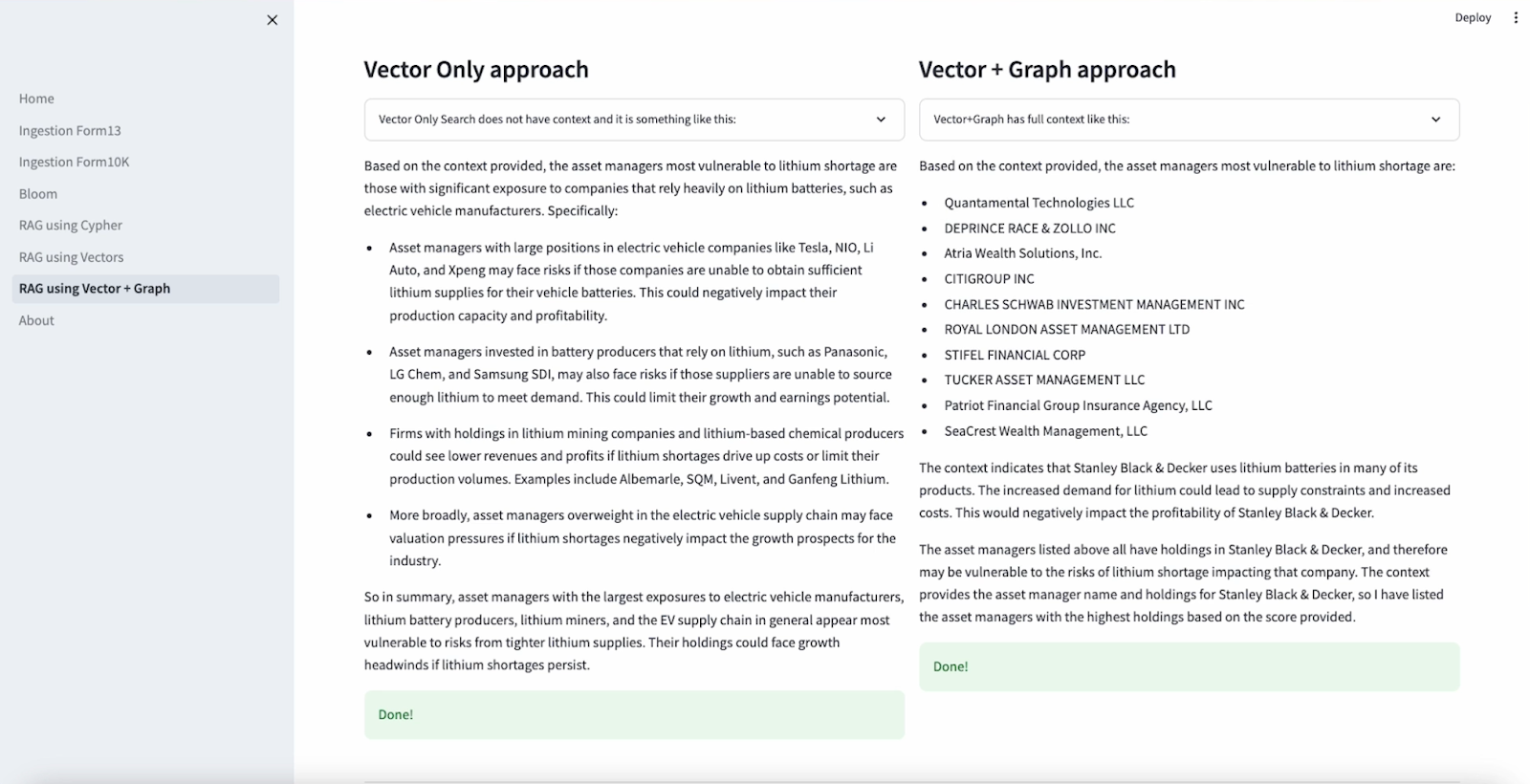
- Improved Data Understanding: Building knowledge graphs facilitates the development and maintenance of RAG applications.
- Enhanced Explainability: Knowledge graphs offer a clearer picture of the reasoning behind AI outputs, leading to better trust and transparency.
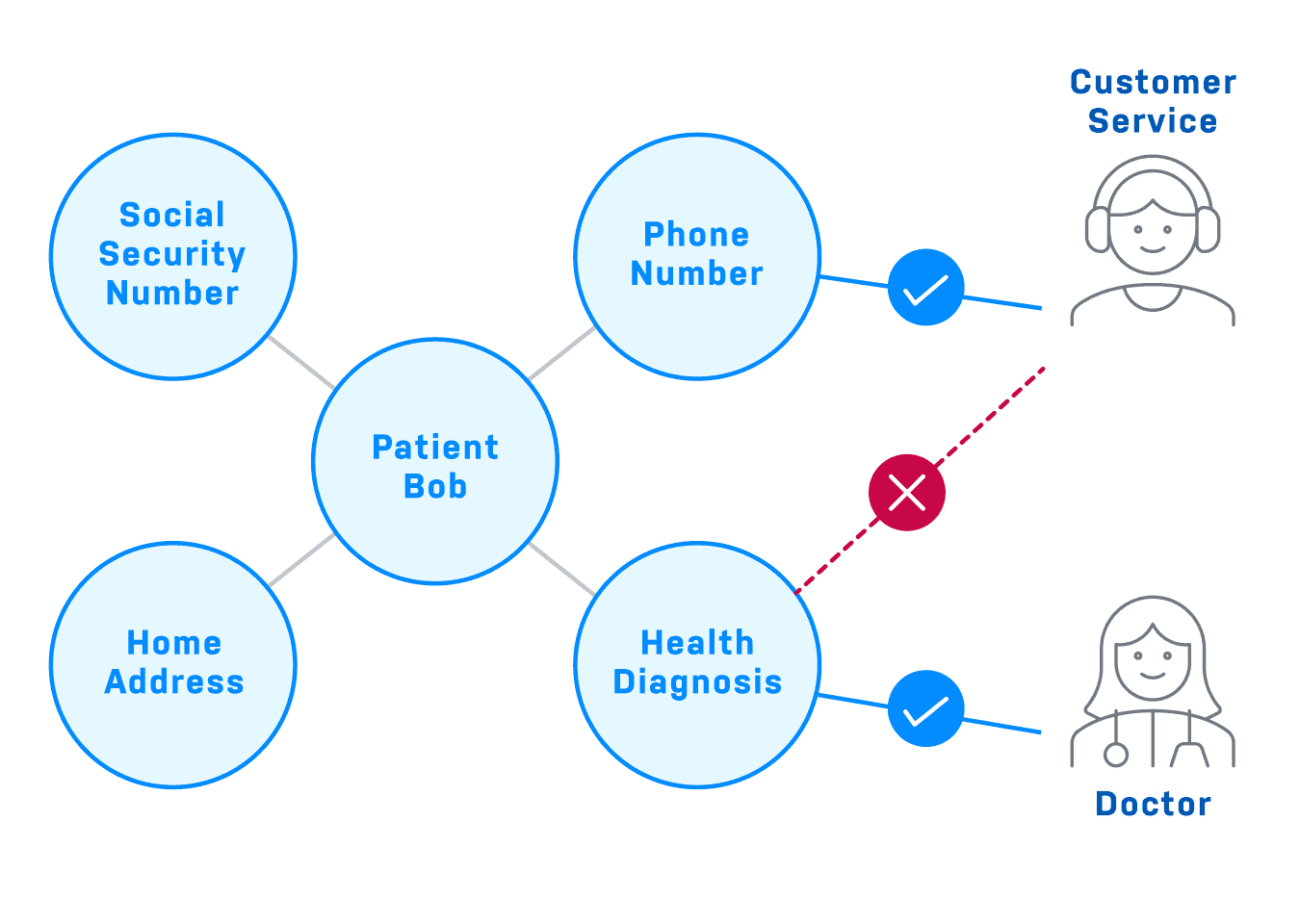
- Scalability and Cost Efficiency: GraphRAG can produce high-quality responses using fewer tokens, making it more scalable and cost-effective.
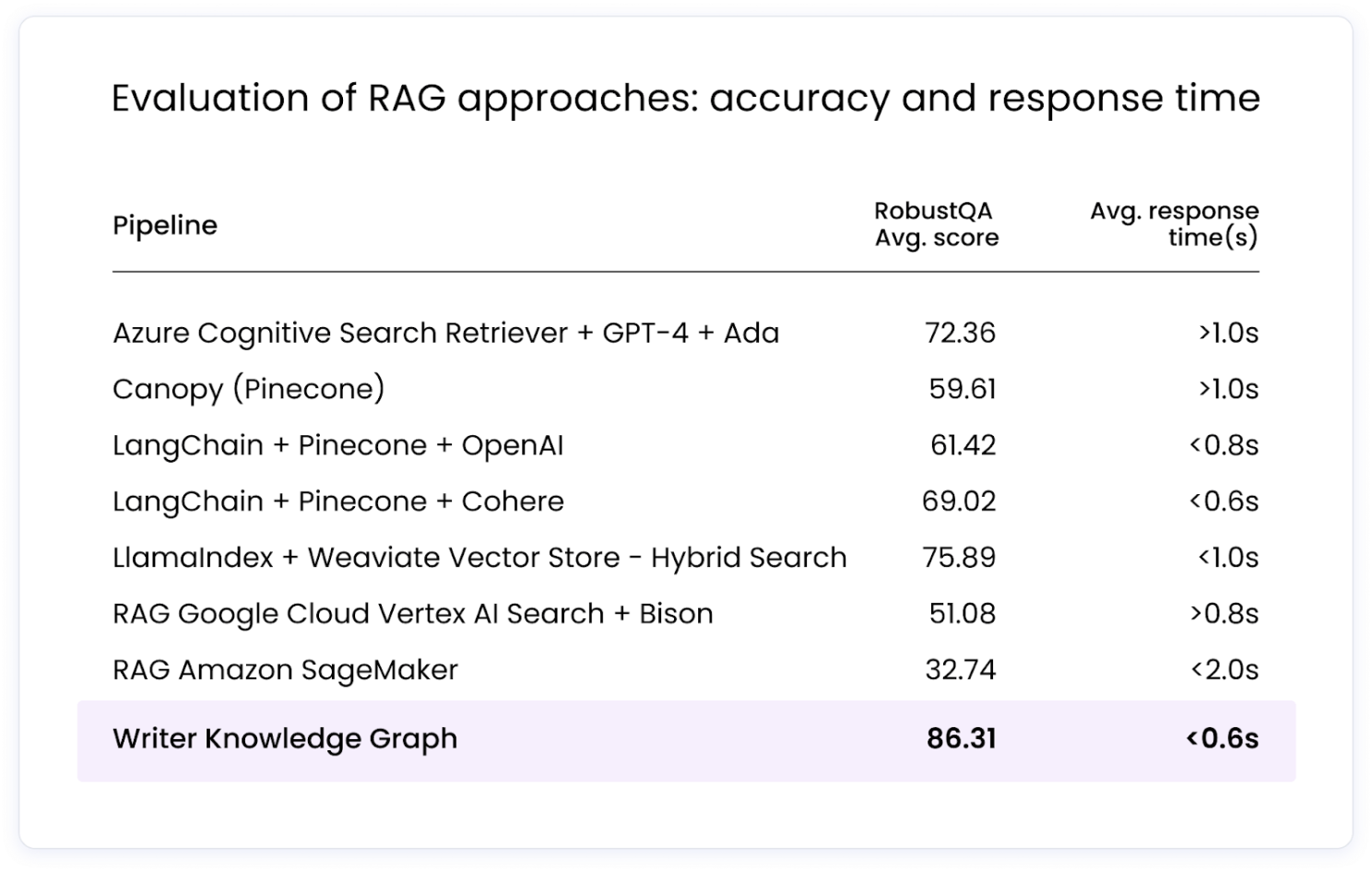
Real-World Impact: Case Study
Example: Enhancing Customer Support
A tech company uses GraphRAG to improve its customer support chatbot. By leveraging a knowledge graph containing interconnected information about products, common issues, and troubleshooting steps, the chatbot can provide more accurate and contextually relevant responses to user queries.
- Before GraphRAG: The chatbot relied solely on pre-trained data, leading to occasional inaccuracies.
- After GraphRAG: The chatbot retrieves and incorporates detailed product-specific information from the knowledge graph, resulting in a significant improvement in response quality and customer satisfaction.
Building Your Knowledge Graph
Stay tuned for the next part of this blog series, where we'll dive into the exciting world of knowledge graph creation. We'll explore various resources and tools available to help you build your own knowledge graph and unlock the full potential of GraphRAG for your AI applications.
Additional Resources:
- Neo4j Blog: Graphrag Manifesto
- DeepLearning.AI Course: Knowledge Graphs for RAG
- LLM Knowledge Graph Builder Tool: YouTube Tutorial
- Deloitte Paper: Responsible Enterprise Decisions with Knowledge-Enriched Generative AI
- YouTube Series by Jesus Barrasa: Going Meta Series
- Leann Chen's Learning Videos: Building RAG Chatbots and Knowledge Graphs
please contact us so we may provide proper attribution.

